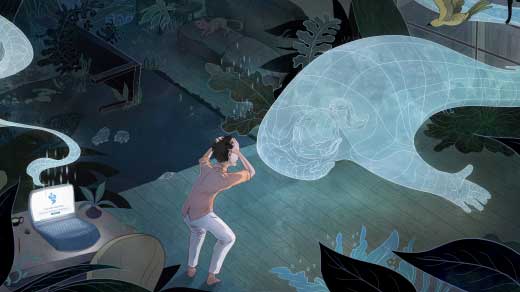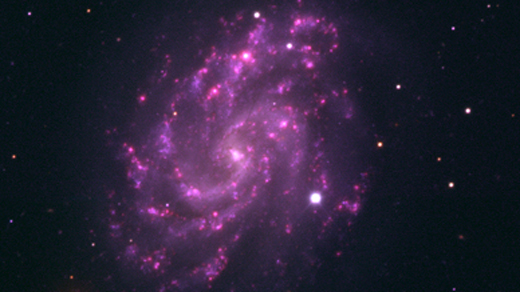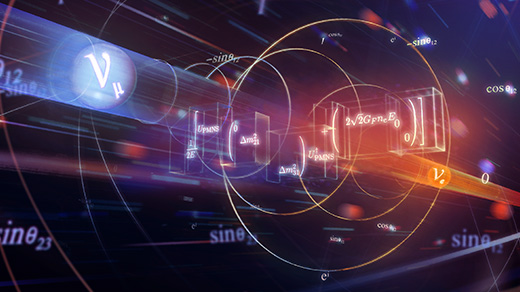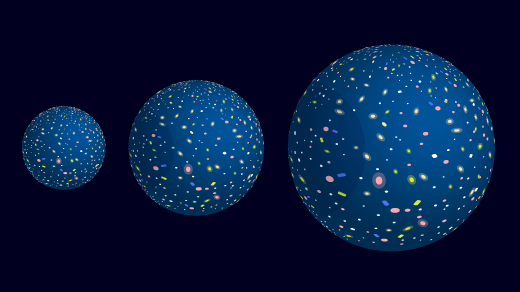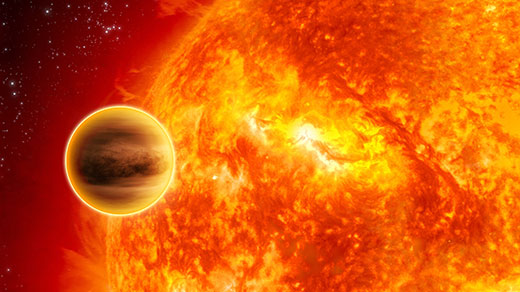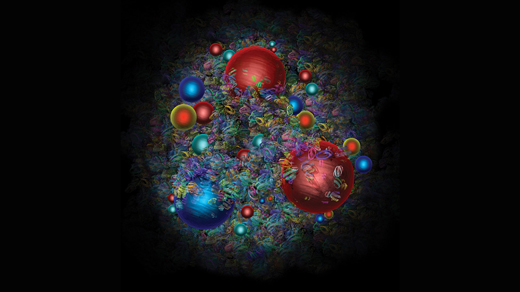Latest Articles
Artificial Intelligence Will Do What We Ask. That’s a Problem.
By teaching machines to understand our true desires, one scientist hopes to avoid the potentially disastrous consequences of having them do what we command.
No Dark Energy? No Chance, Cosmologists Contend
A study challenged the evidence for the mysterious antigravitational force known as dark energy. Then cosmologists shot back.
Why the Laws of Physics Are Inevitable
By considering simple symmetries, physicists working on the “bootstrap” can rediscover the basic form of the known forces that shape the universe.
Neutrinos Lead to Unexpected Discovery in Basic Math
Three physicists stumbled across an unexpected relationship between some of the most ubiquitous objects in math.
What Shape Is the Universe? A New Study Suggests We’ve Got It All Wrong
Most every cosmologist believes the universe is flat. A new analysis argues that it’s closed.
Cosmic Triangles Open a Window to the Origin of Time
A close look at fundamental symmetries has exposed hidden patterns in the universe. Physicists think that those same symmetries may also reveal time’s original secret.
Physics Nobel Honors Early Universe and Exoplanet Discoveries
The astronomers Michel Mayor and Didier Queloz won half of the prize for their 1995 discovery of a Jupiter-like planet orbiting a nearby star. The cosmologist James Peebles won the other half for work exploring the structure of the universe.
To Invent a Quantum Internet
Fifty years after the current internet was born, the physicist and computer scientist Stephanie Wehner is planning and designing the next internet — a quantum one.
Physicists Finally Nail the Proton’s Size, and Hope Dies
A new measurement appears to have eliminated an anomaly that had captivated physicists for nearly a decade.

